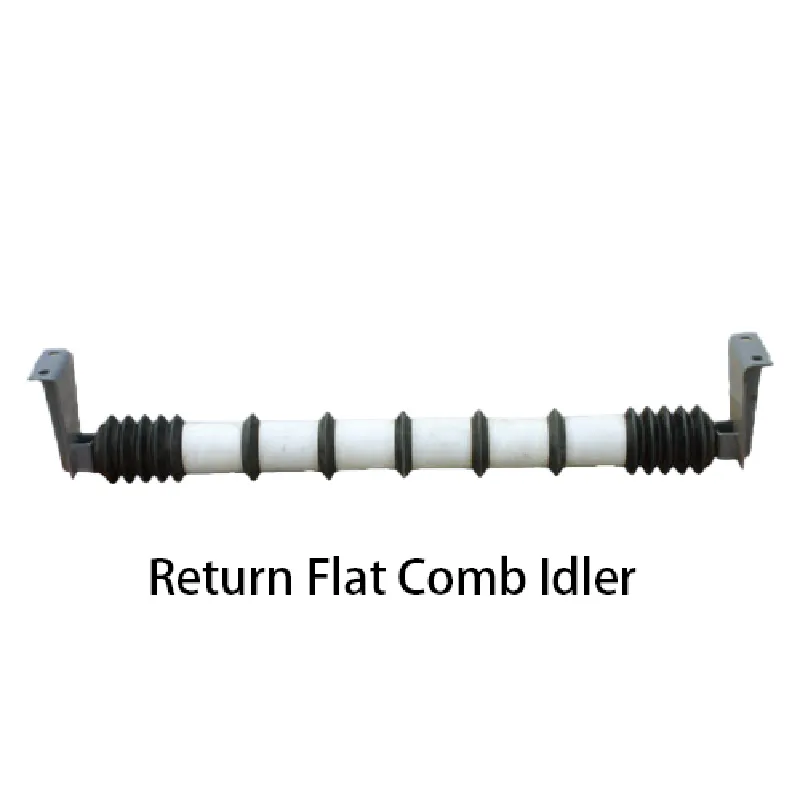 Afrikaans
Afrikaans  Albanian
Albanian  Amharic
Amharic  Arabic
Arabic  Armenian
Armenian  Azerbaijani
Azerbaijani  Basque
Basque  Belarusian
Belarusian  Bengali
Bengali  Bosnian
Bosnian  Bulgarian
Bulgarian  Catalan
Catalan  Cebuano
Cebuano  Corsican
Corsican  Croatian
Croatian  Czech
Czech  Danish
Danish  Dutch
Dutch  English
English  Esperanto
Esperanto  Estonian
Estonian  Finnish
Finnish  French
French  Frisian
Frisian  Galician
Galician  Georgian
Georgian  German
German  Greek
Greek  Gujarati
Gujarati  Haitian Creole
Haitian Creole  hausa
hausa  hawaiian
hawaiian  Hebrew
Hebrew  Hindi
Hindi  Miao
Miao  Hungarian
Hungarian  Icelandic
Icelandic  igbo
igbo  Indonesian
Indonesian  irish
irish  Italian
Italian  Japanese
Japanese  Javanese
Javanese  Kannada
Kannada  kazakh
kazakh  Khmer
Khmer  Rwandese
Rwandese  Korean
Korean  Kurdish
Kurdish  Kyrgyz
Kyrgyz  Lao
Lao  Latin
Latin  Latvian
Latvian  Lithuanian
Lithuanian  Luxembourgish
Luxembourgish  Macedonian
Macedonian  Malgashi
Malgashi  Malay
Malay  Malayalam
Malayalam  Maltese
Maltese  Maori
Maori  Marathi
Marathi  Mongolian
Mongolian  Myanmar
Myanmar  Nepali
Nepali  Norwegian
Norwegian  Norwegian
Norwegian  Occitan
Occitan  Pashto
Pashto  Persian
Persian  Polish
Polish  Portuguese
Portuguese  Punjabi
Punjabi  Romanian
Romanian  Russian
Russian  Samoan
Samoan  Scottish Gaelic
Scottish Gaelic  Serbian
Serbian  Sesotho
Sesotho  Shona
Shona  Sindhi
Sindhi  Sinhala
Sinhala  Slovak
Slovak  Slovenian
Slovenian  Somali
Somali  Spanish
Spanish  Sundanese
Sundanese  Swahili
Swahili  Swedish
Swedish  Tagalog
Tagalog  Tajik
Tajik  Tamil
Tamil  Tatar
Tatar  Telugu
Telugu  Thai
Thai  Turkish
Turkish  Turkmen
Turkmen  Ukrainian
Ukrainian  Urdu
Urdu  Uighur
Uighur  Uzbek
Uzbek  Vietnamese
Vietnamese  Welsh
Welsh  Bantu
Bantu  Yiddish
Yiddish  Yoruba
Yoruba  Zulu
Zulu drum lagging rubber
Understanding Drum Lagging Rubber Importance and Applications
Drum lagging rubber is a critical component used in various industrial applications, particularly in the mining, manufacturing, and material handling sectors. Its primary function is to enhance the performance of conveyor systems by improving the friction between the conveyor belt and drums or pulleys. This article explores the significance of drum lagging rubber, its properties, and its applications.
What is Drum Lagging Rubber?
Drum lagging rubber refers to a layer of rubber that is bonded to the surface of conveyor drums or pulleys to improve traction and extend the life of the mechanical system. This rubber layer can vary in thickness and texture, depending on the specific requirements of the application. It is commonly made from natural or synthetic rubber materials, designed to withstand wear, abrasion, and the harsh environmental conditions often found in industrial settings.
Importance of Drum Lagging Rubber
1. Enhanced Friction and Grip One of the primary reasons for applying drum lagging rubber is to increase friction between the drum and the conveyor belt. Enhanced grip prevents slippage, ensuring that materials are transported efficiently without delays, which is crucial in high-demand environments.
2. Reduced Wear and Tear The rubber layer serves as a protective barrier, shielding the underlying metal or drum from wear caused by constant contact with the conveyor belt. This protective function significantly extends the lifespan of both the drum and the belt, reducing maintenance costs and downtime.
3. Vibration Dampening Drum lagging rubber also helps to absorb vibrations that occur during the operation of conveyor systems. This dampening effect can protect sensitive components of the machinery, reduce noise pollution, and create a smoother overall operation.
drum lagging rubber

4. Improved Material Handling In industries where bulk materials are transported, such as mining or agriculture, drum lagging rubber ensures that the loads are moved safely and effectively. It prevents material spillage, which can lead to accidents or additional clean-up costs.
Applications of Drum Lagging Rubber
1. Mining In the mining industry, conveyor systems are pivotal for transporting heavy materials and ore. Drum lagging rubber enhancements significantly improve the efficiency of these operations by providing better traction and reducing wear over time.
2. Manufacturing Many manufacturing processes rely on conveyor belts to transport products. Employing drum lagging rubber in these systems helps maintain consistent production flows, reduces unplanned maintenance, and ensures that goods securely reach their intended location.
3. Agriculture In agricultural settings, drum lagging rubber is used in equipment such as conveyors that handle grains and other produce. The increased friction helps in moving these products effectively while minimizing spoilage and waste due to spillage.
4. Recycle and Waste Management Recycling facilities employ drum lagging rubber on conveyor pulleys to efficiently move recyclable materials. The enhanced grip prevents material jams and ensures optimal throughput, essential for these operations.
Conclusion
Drum lagging rubber is an indispensable component in many industrial environments. Its ability to improve friction, reduce wear, and provide vibration dampening makes it a vital aspect of conveyor system efficiency. As industries continue to seek ways to enhance productivity and reduce maintenance costs, the importance of drum lagging rubber is likely to grow even further. By understanding its properties and applications, companies can make informed decisions about their conveyor system designs and maintenance strategies, ultimately leading to smoother operations and increased profitability.
-
Revolutionizing Conveyor Reliability with Advanced Rubber Lagging PulleysNewsJul.22,2025
-
Powering Precision and Durability with Expert Manufacturers of Conveyor ComponentsNewsJul.22,2025
-
Optimizing Conveyor Systems with Advanced Conveyor AccessoriesNewsJul.22,2025
-
Maximize Conveyor Efficiency with Quality Conveyor Idler PulleysNewsJul.22,2025
-
Future-Proof Your Conveyor System with High-Performance Polyurethane RollerNewsJul.22,2025
-
Driving Efficiency Forward with Quality Idlers and RollersNewsJul.22,2025





























